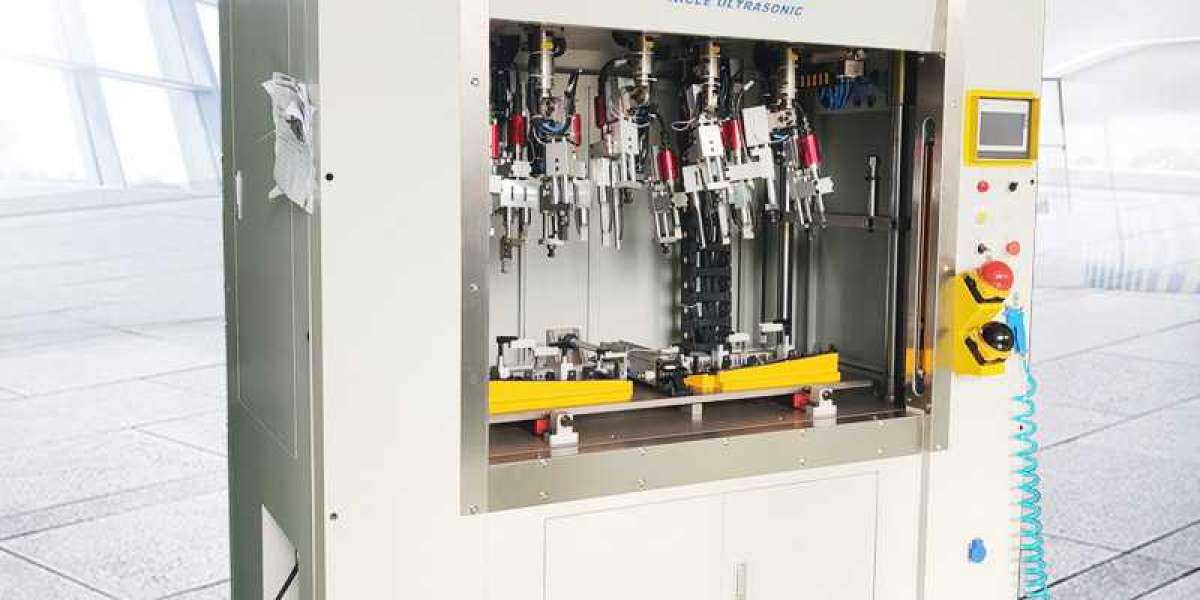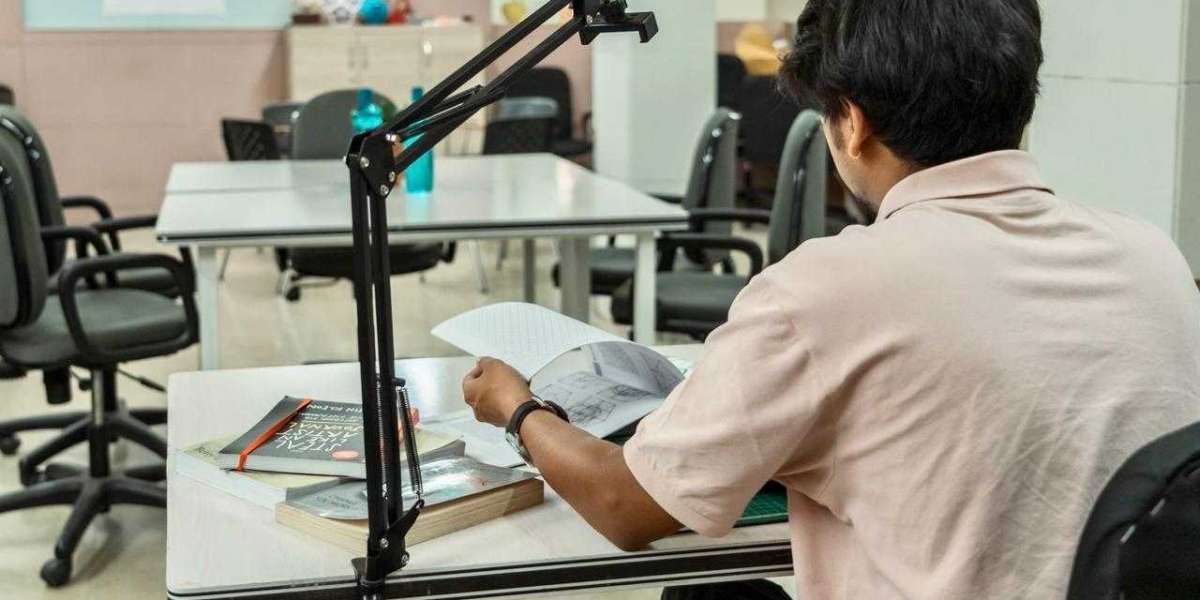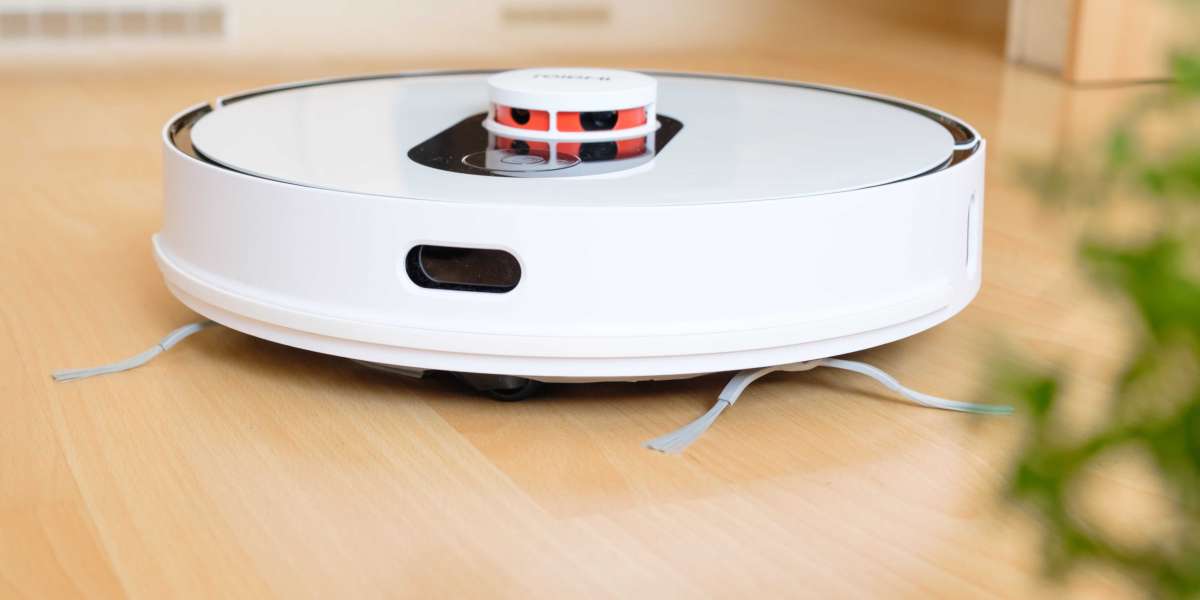Ultrasonic welding is widely used to join thermoplastics like polycarbonate (PC), thanks to its speed, precision, and strength. But what exactly makes it work so well for PC? Understanding the physics behind the process can help you optimise design and production.
What Is Ultrasonic Welding?
Ultrasonic welding joins materials through high-frequency mechanical vibrations. A tool called a horn applies pressure and delivers ultrasonic energy to the interface of two thermoplastic parts. The rapid vibrations generate frictional heat, softening and melting the materials at the contact point. Once the energy stops, pressure is maintained to form a strong bond.
PC responds well to this process due to its amorphous molecular structure and relatively low melting point (around 155°C). This means it softens evenly, allowing a consistent weld with little energy loss.
Key Physics at Play
Three key physical principles drive the effectiveness of ultrasonic plastic welding:
1. Acoustic Energy Transmission
The ultrasonic horn vibrates at frequencies between 20 and 40 kHz. These sound waves travel through the upper part and concentrate at the weld joint. Efficient energy transfer depends on:
Material density and stiffness
Surface contact and coupling
Matching resonant frequencies of the horn and workpiece
PC’s acoustic impedance makes it a good medium for wave transmission without excessive absorption or reflection.
2. Interfacial Friction and Heat Generation
Heat is created primarily by friction at the mating surfaces and internal molecular motion. In the early phase:
Microscopic surface roughness traps heat
Friction breaks down these peaks (asperities), increasing contact
Localised melting follows within milliseconds
For PC, this is critical — the material starts melting well below its decomposition point, making it easy to control.
3. Viscoelastic Heating
As vibrations continue, heat comes not just from friction but from viscoelastic hysteresis. PC, being amorphous, absorbs energy within its molecular chains, contributing to heat from internal damping. This helps sustain uniform softening through the joint.
Why PC Materials Are Ideal
Polycarbonate has several properties that favour ultrasonic welding:
Amorphous structure – provides uniform softening without crystalline boundaries
Low thermal conductivity – localises heat, reducing deformation
High impact strength – retains mechanical performance post-weld
Transparency – useful for visual inspection of weld seams
Key Considerations in Design
When designing parts for ultrasonic plastic welding with PC:
Use energy directors: small ridges that focus heat generation
Keep joint interfaces clean and dry
Maintain consistent part geometry to prevent mode mismatch
A poorly designed joint can cause energy loss or create stress concentrations.
Challenges and Solutions
While PC welds well, it can degrade if exposed to high energy for too long. This may cause:
Bubble formation
Yellowing
Brittleness
To mitigate this:
Use shorter weld times with precise energy settings
Pre-dry parts to avoid moisture-induced voids
Control horn amplitude and pressure carefully
Applications of Ultrasonic Welding with PC
Industries using PC often rely on ultrasonic welding for:
Automotive light housings
Medical device enclosures
Consumer electronics
Safety goggles and protective gear
Each application benefits from the speed, clean finish, and structural reliability of the welds.








